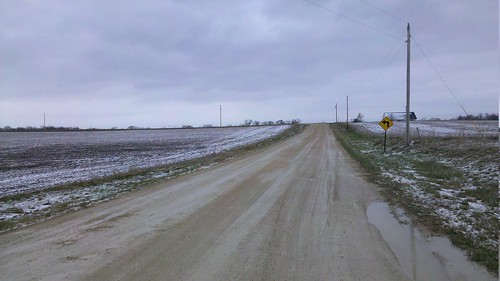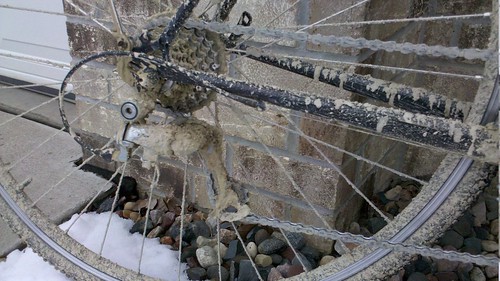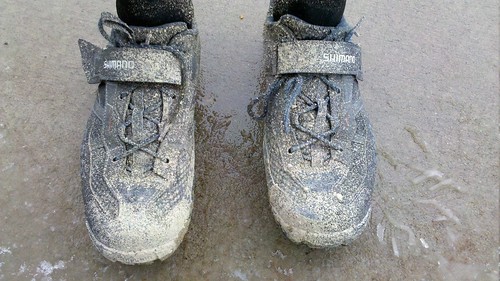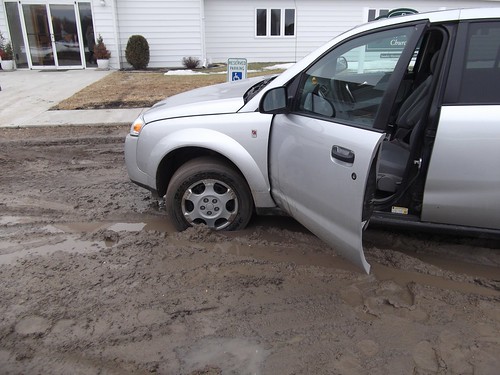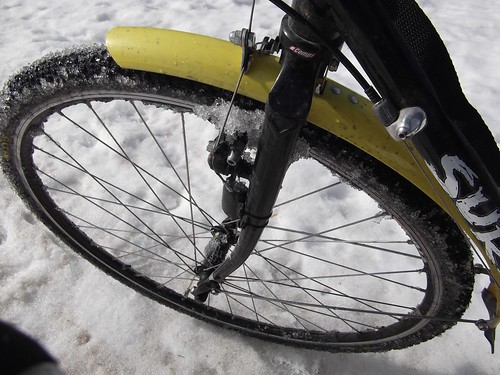I’ve fallen behind in my posts about the movies I’ve been watching all month, so here is a capsule summaries of everything since the 19th, when I watched The Town.
2/20: Pond Hockey: This is a great documentary about outdoor “pond” hockey in Minnesota – as much an examination of the State of Hockey’s love for the game, especially on outdoor ice, as the story of the 2007 National Pond Hockey Championships, held in Minneapolis.
2/21: Ghostbusters: Hilarious and brilliant. The only bad thing about it is the terrible theme song.
2/22: Foreign Correspondent: A great 1940 Hitchcock thriller about pre-World War II political machinations. A bit over the top now (especially at the end) it’s nonetheless really entertaining. The stunts are especially great.
2/23: Man of Aran: On my boss’s recommendation, I watched this “fictional documentary” about life in the 1930s on the remote Aran Islands off the west coast of Ireland. (As he said, “Next stop, Boston.”) Almost wordless, the film offers a set of sketches about the brutal life of the islanders. “Hardscrabble” doesn’t begin to describe it.
2/23: Lost in Translation: the 2003 dramedy with Bill Murray and Scarlett Johansson, this is one of my all-time favorite movies, and it held up well to my nth viewing. I can’t think of many other works of art that so effectively set and maintain a mood: Radiohead’s OK Computer album, some great science fiction novels, maybe The Wire TV series…
2/24: District 9: A brilliant science fiction movie in which the disgusting aliens come off as much better creatures than the humans. It’s also very funny and full of action.
2/25: Manufactured Landscapes: Ostensibly a documentary about the Canadian photographer Edward Burtynsky, this is even more a movie of his photographs, which depict the “manufactured landscapes” of the industrialized world. The photography is gorgeous, and the narratives they explore – factory work and the Three Gorges Dam in China, shipbreaking in Bangladesh, and so on – are almost shocking. I was amazed by the stark counterpoint between the human-intensive production of relatively high-tech products and the ultra low-tech, even more human-intensive process of recycling those products.
2/26: Gosford Park. I’d seen this when it came out, in 2001, and remembered being impressed by the level of detail, the slow but not plodding pace, and the intricate plot. I enjoyed it just as much the second time around. On the surface, it’s a period piece, set on an English country estate after World War I, but below that it’s funny, alarming, and suspenseful – just plain good.
